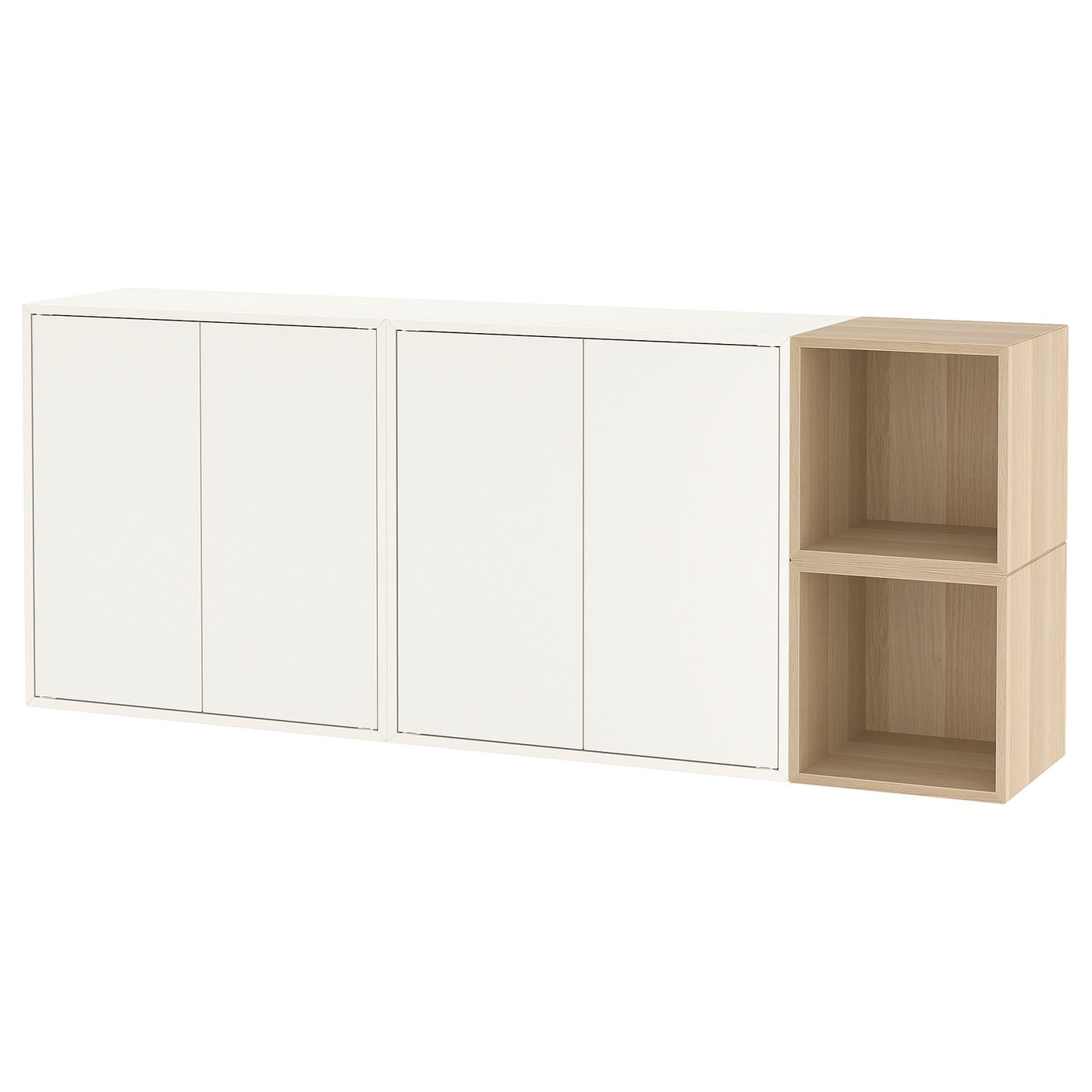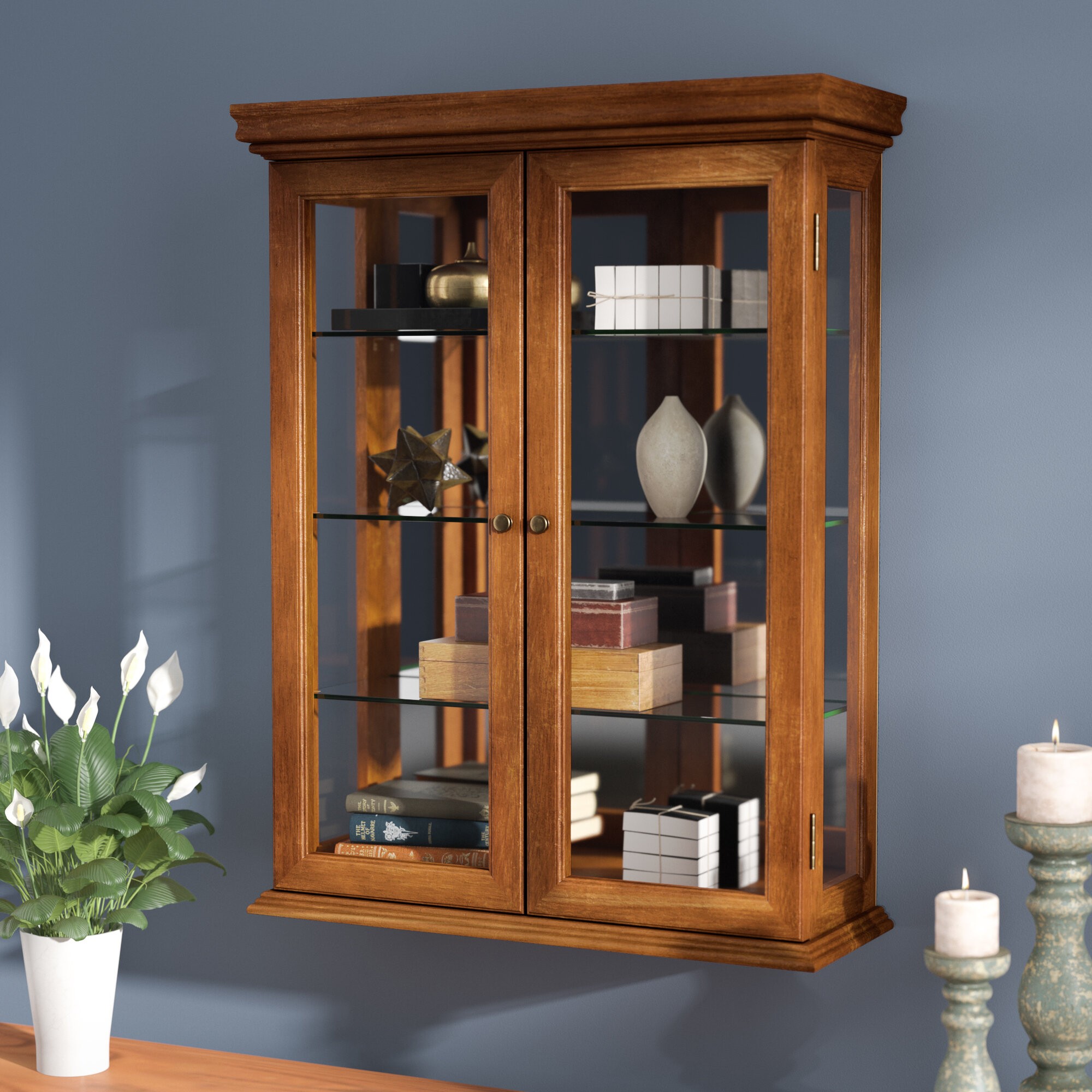Choosing the Right Wall Mounted Wooden Cabinet for Your Needs

Selecting the perfect wall-mounted wooden cabinet requires careful consideration of your specific needs and available space. A well-chosen cabinet can enhance your home’s aesthetics and provide valuable storage solutions, while a poorly chosen one can become an eyesore and a waste of space.
Cabinet Size and Style, Wall mounted wooden cabinet
The size and style of the cabinet should align with your storage requirements and the available space. A small cabinet might be ideal for a compact bathroom, while a larger cabinet might be necessary for a spacious living room. Consider the following:
- Available Space: Measure the wall space where you plan to install the cabinet. Ensure there is enough room for the cabinet to open and close comfortably.
- Storage Needs: Determine the types of items you plan to store in the cabinet. If you need to store bulky items, you’ll need a larger cabinet with sufficient depth.
- Style: Choose a cabinet style that complements your existing décor. Consider the cabinet’s finish, design, and hardware to ensure it integrates seamlessly with your space.
Weight Capacity and Mounting Method
The weight capacity and mounting method are crucial considerations to ensure the cabinet’s stability and safety.
- Weight Capacity: The cabinet’s weight capacity should be sufficient to accommodate the items you plan to store. Avoid overloading the cabinet, as this can lead to damage or even collapse.
- Mounting Method: Wall-mounted cabinets are typically secured using screws or anchors. Ensure the wall can support the weight of the cabinet. Consider consulting a professional for installation if you have any doubts about the wall’s strength.
Material and Finish
The choice of materials and finish impacts the cabinet’s durability, aesthetics, and maintenance requirements.
- Materials: Common materials for wall-mounted wooden cabinets include solid wood, plywood, and engineered wood. Solid wood is durable and aesthetically pleasing, while plywood and engineered wood are more affordable options.
- Finishes: Cabinet finishes can range from natural wood stains to painted surfaces. Consider the desired aesthetic and the ease of maintenance when choosing a finish.
Installation and Maintenance of Wall Mounted Wooden Cabinets

Installing a wall-mounted wooden cabinet can be a challenging task, requiring careful planning and execution to ensure stability and longevity. This section will guide you through the installation process, highlighting crucial safety precautions and proper mounting techniques. It will also discuss the importance of regular maintenance to preserve the cabinet’s appearance and functionality.
Installing a Wall-Mounted Wooden Cabinet
Installing a wall-mounted wooden cabinet involves a series of steps, each crucial for ensuring the cabinet’s stability and preventing damage to the wall. Before beginning the installation, it is essential to gather the necessary tools and materials, and ensure proper safety precautions are in place.
- Gather the necessary tools and materials. These include a stud finder, a level, a drill, a tape measure, a pencil, a hammer, screws, wall anchors, and a screwdriver.
- Locate the studs in the wall. Use a stud finder to locate the studs in the wall. The cabinet should be mounted to the studs for maximum stability.
- Mark the wall for the cabinet’s position. Using a tape measure and a pencil, mark the wall where the cabinet will be mounted. Ensure the cabinet is level and aligned with the desired position.
- Pre-drill holes for the screws. Pre-drilling holes will prevent the wood from splitting when the screws are driven in. Use a drill bit slightly smaller than the diameter of the screws.
- Install the cabinet. Align the cabinet with the marked position on the wall and secure it using the pre-drilled holes. If the wall is made of drywall, use wall anchors to provide additional support.
- Check the cabinet’s stability. Once the cabinet is installed, gently push and pull on it to ensure it is securely mounted.
Proper Mounting Techniques
Proper mounting techniques are essential for ensuring the cabinet’s stability and preventing damage to the wall. The following points highlight the importance of choosing the right mounting method and ensuring the cabinet is securely fastened.
- Choose the appropriate mounting method. The choice of mounting method depends on the type of wall and the weight of the cabinet. For example, drywall walls require wall anchors, while stud walls can be mounted directly to the studs.
- Use high-quality screws and wall anchors. Cheap screws and anchors can easily break or fail, leading to instability and potential damage to the wall. Invest in high-quality screws and anchors that are rated for the weight of the cabinet.
- Ensure the cabinet is level. A level cabinet not only looks better but also distributes weight evenly, reducing stress on the mounting points.
- Check the cabinet’s stability regularly. Over time, screws can loosen or wall anchors can fail. Regularly check the cabinet’s stability and tighten loose screws or replace failing anchors as needed.
Maintaining a Wall-Mounted Wooden Cabinet
Maintaining a wall-mounted wooden cabinet involves a few simple steps that will help preserve its appearance and functionality over time. Regular cleaning and preventative measures will ensure the cabinet remains in good condition for years to come.
- Dust the cabinet regularly. Dust can accumulate on the cabinet’s surface, making it look dull and dirty. Regularly dust the cabinet using a soft cloth or a feather duster.
- Clean spills immediately. Spills can stain or damage the cabinet’s finish. Clean up spills immediately using a damp cloth and mild soap.
- Avoid using harsh chemicals. Harsh chemicals can damage the cabinet’s finish. Use mild soap and water for cleaning.
- Apply a protective sealant. A protective sealant can help prevent stains and water damage. Apply a sealant according to the manufacturer’s instructions.
